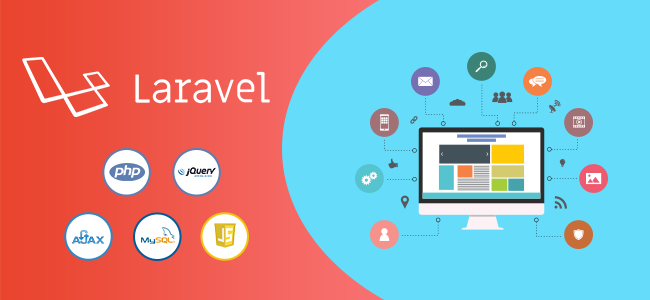In the realm of web development, security and user authentication are paramount. Ensuring that users provide valid and legitimate email addresses while optimizing the performance of your application can be challenging. Laravel, a popular PHP framework, offers robust tools for implementing email verification with queues. In this extensive guide, I'll walk you through the intricacies of this process, offering expert insights, best practices, code examples, and answers to common questions. Let's dive into the world of email verification with queues in Laravel.
The Significance of Email Verification with Queues in Laravel
Before we delve into the technical aspects, it's essential to understand why email verification with queues is crucial in Laravel:
Efficiency: Queues enable asynchronous email sending, reducing the response time for user registration and enhancing the application's performance.
Reliability: By queueing email verification, you ensure that emails are sent even during high traffic periods or server loads, improving the reliability of your application.
User Experience: Users receive verification emails promptly, enhancing their experience and trust in your application.
Error Handling: Queues provide robust error handling and retry mechanisms, ensuring that emails are delivered successfully.
Now, let's explore how to implement email verification with queues in Laravel.
Implementing Email Verification with Queues in Laravel
Implementing email verification with queues in Laravel involves several steps. Here's a simplified overview of the process:
Set Up a Laravel Project: If you haven't already, create a Laravel project using Composer or Laravel Installer.
User Registration: Implement user registration functionality, including collecting user details and storing them in a database.
Email Verification: Set up Laravel's built-in email verification feature using the Illuminate\Auth\EmailVerificationRequest middleware.
Configure Queues: Configure Laravel's queue system (e.g., Redis, RabbitMQ, or database) in the .env file.
Queue Verification Emails: Modify the Illuminate\Auth\EmailVerificationNotification class to use Laravel's queuing system. This ensures that verification emails are sent asynchronously.
Dispatch Jobs: In your user registration process, dispatch a job to send the verification email. Laravel's Artisan command queue:work will process these jobs in the background.
Best Practices for Implementing Email Verification with Queues in Laravel
Choose the Right Queue Driver: Select a queue driver that best suits your application's needs, considering factors like scalability and reliability.
Monitor Queues: Use tools like Laravel Horizon or Laravel Telescope to monitor the status of your queues and troubleshoot any issues.
Implement Retry Logic: Configure retry settings for queue jobs to handle transient failures and ensure successful email delivery.
Throttle Queues: Implement rate limiting to prevent abuse or excessive use of the email verification system.
Customize Email Templates: Personalize email templates to match your application's branding and provide clear instructions for email verification.
Commonly Asked Questions About Email Verification with Queues in Laravel
Which queue driver is the best for email verification in Laravel?
The choice of queue driver depends on your application's specific requirements. Redis and RabbitMQ are popular choices for scalability and reliability.
How can I test email verification with queues in a local development environment?
Laravel provides a queue:work command for local testing. You can also use services like Mailtrap to capture and inspect queued emails.
What should I do if queued emails fail to send?
Check your queue configuration, retry settings, and error handling. Monitoring tools like Laravel Telescope can help identify and resolve issues.
Is it possible to customize the content of verification emails sent with queues?
Yes, you can customize email templates by modifying the EmailVerificationNotification class and the associated view files.
Can I use different queue drivers for different email verification processes in Laravel?
Yes, Laravel allows you to configure different queue connections for various tasks, giving you flexibility in managing queues.
Conclusion: Elevate Your Laravel Application with Email Verification and Queues
Implementing email verification with queues in Laravel is a powerful way to enhance the efficiency, reliability, and user experience of your application. By following the best practices, code examples, and insights provided in this guide, you can optimize your Laravel application's email verification process, ensuring that users receive prompt and secure verification emails. Elevate your Laravel application by harnessing the potential of email verification with queues, providing a seamless and efficient user registration experience.



